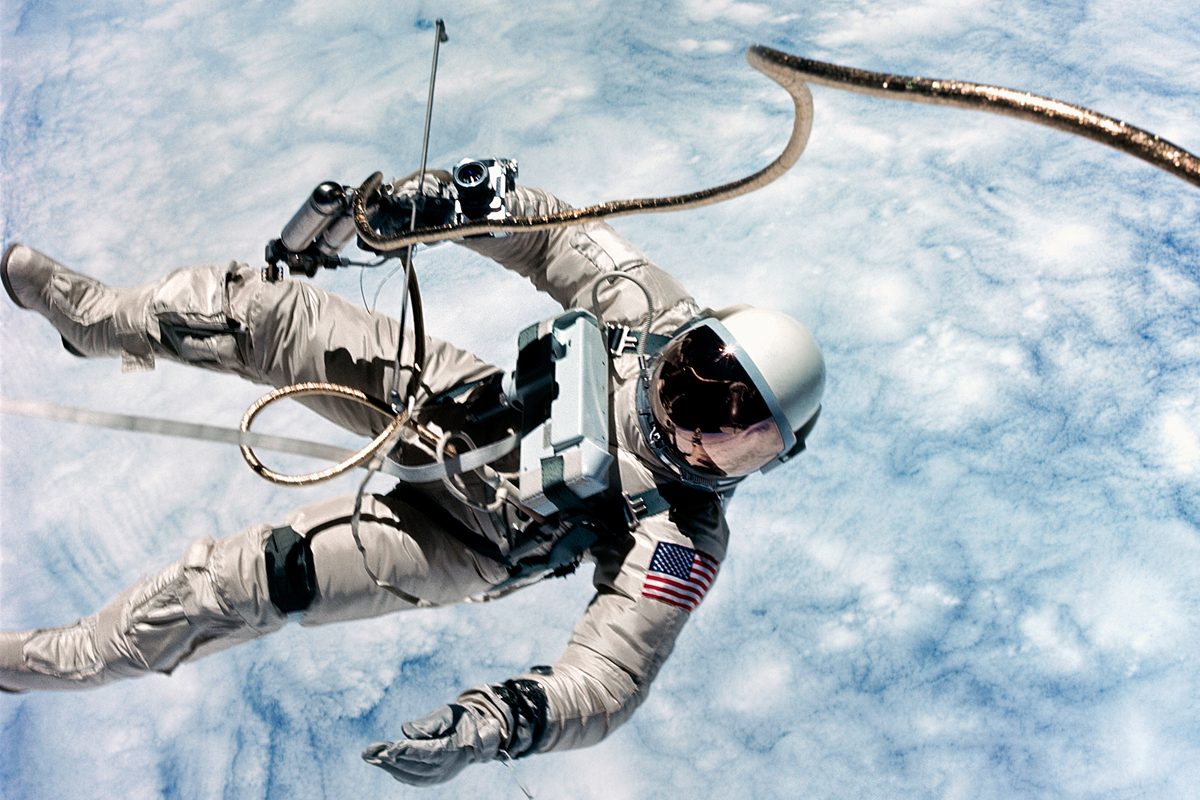NASA’s Gemini and Mercury missions marked a key moment in both the history of crewed spaceflight and the Cold War ‘race to space’ between the USA and the Soviet Union.
The American astronauts who trained and flew into space as part of these programmes were responsible for the USA’s giant leap to overtake the Soviets’ spacefaring prowess, proving that NASA could indeed launch humans into space and return them safely.
John Glenn, Alan Shepard, Neil Armstrong and Buzz Aldrin are among the most famous names in human spaceflight, and each of them cut their teeth on the Mercury and Gemini missions.
SQUIRREL_13317378
Perhaps just as famous as the Mercury and Gemini missions – if not more so – are the images captured by those astronauts from Earth orbit.
These incredible pictures gave humanity the first real glimpse of Earth from the vantage point of space, and showed us what it would be like to travel into orbit.
Andy Saunders is an expert in digital restoration who specialises in working with archive NASA images.
For his latest book, Gemini and Mercury Remastered, Saunders got access to the raw images captured during those early NASA missions, digitally processing them with modern technology them to reveal the photos in a new light.
We caught up with Saunders to find out more about the restoration process, and what sort of images we can look forward to from future Moon missions.

What made the Gemini and Mercury missions so special?
They marked the very beginning of human space exploration, our first bold steps beyond Earth.
Since the dawn of civilisation we’ve looked up and dreamt of flying among the stars, and it was this golden era in the early 1960s when that ancient dream finally became reality.
We were also able to look back at our home planet for the very first time, gaining a vital new perspective.
Mercury were one-man missions in tiny capsules, and the objective was to prove we could get a human into space and back safely.

Within weeks of the first Mercury flight, President Kennedy set the goal of landing a man on the Moon by the end of the decade.
It was then largely down to Gemini to demonstrate a Moon landing was even possible.
With larger, two-man capsules, the missions tested crucial techniques: rendezvous, docking, spacewalking and long-duration flight, all still fundamental to spaceflight today.
They were also incredibly daring missions, conducted at an astonishing pace, truly pushing the boundaries, so they are filled with extraordinary human drama and risk.
I wrote the book not just to showcase the stunning imagery, but also to help tell these stories.

How did you approach the restoration process?
The starting point for the still photographs are scans of the original film.
Considered too important to handle repeatedly, NASA created duplicates and sealed away the originals.
Unfortunately, most reproductions to date have been based on these lower-quality copies. The images often looked dull and lifeless. A tragedy, given what they represent.
Thankfully, NASA unsealed the original film and digitally scanned it. For the first time, we’re working from the raw light captured through those spacecraft windows over sixty years ago.
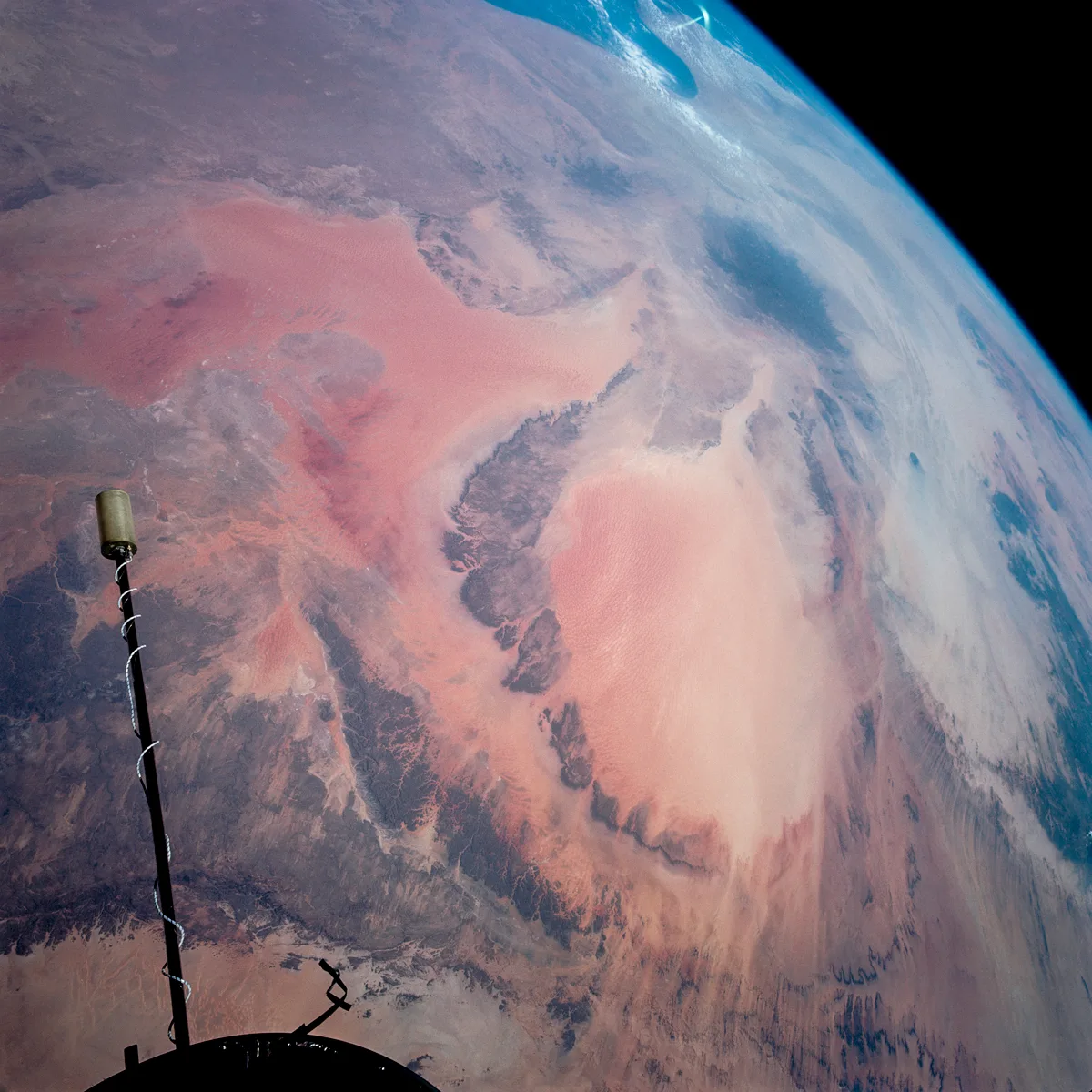
The raw files aren’t ready-to-view straight from the scanner, but buried within them is an extraordinary amount of visual information, just waiting to be revealed by applying digital processing, and some time and effort.
Alongside the still photos, I worked with the 16mm motion picture film.
The format is naturally low-res and noisy, so I used a technique akin to image stacking.
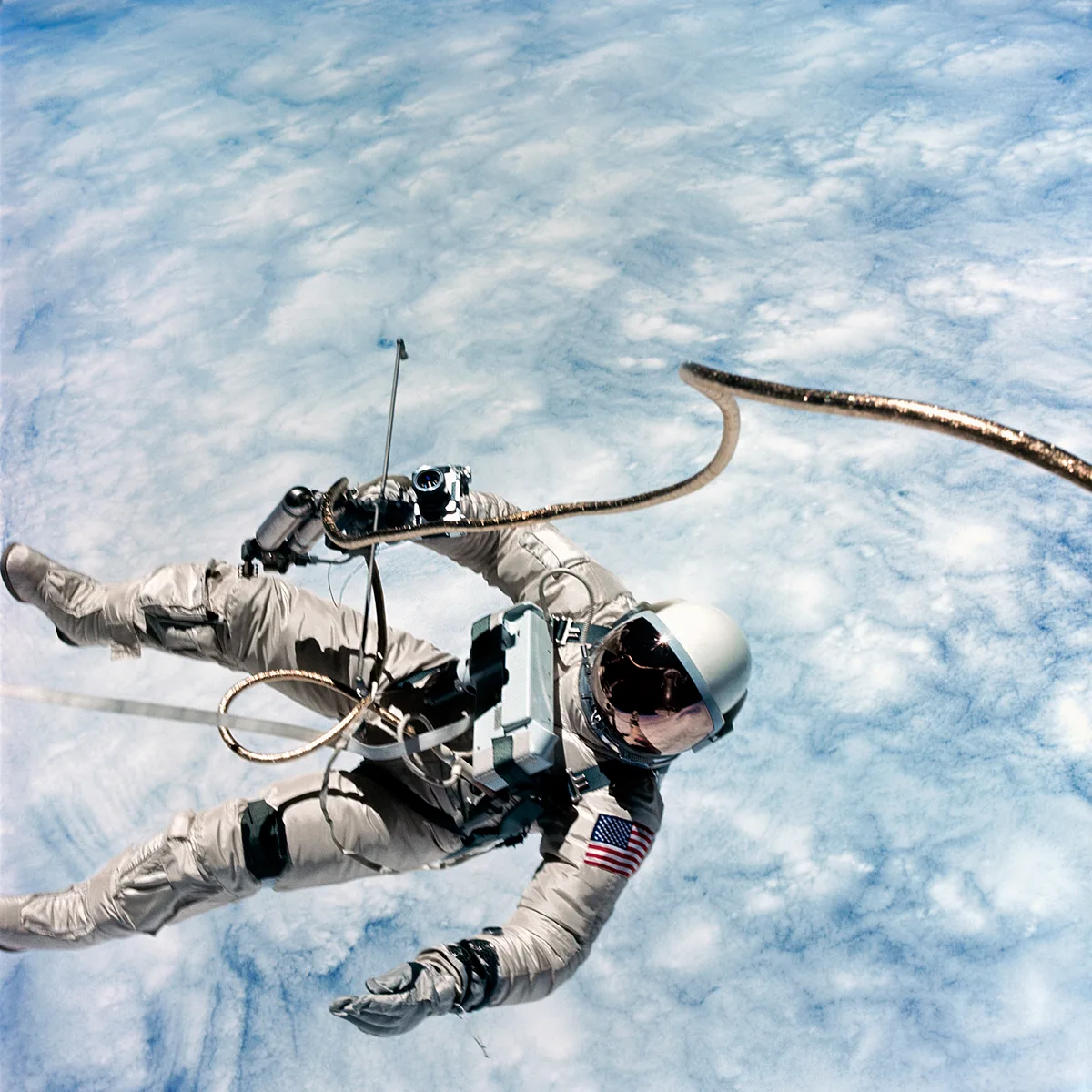
It’s painstaking work, especially with motion in the frame, but the payoff is seeing these pivotal moments in history as never before.
And when colour leaps to life, when long-lost detail reappears, it’s a thrill. It feels like archaeology: brushing dust off a hidden treasure and revealing something extraordinary buried for decades.
Absolutely no AI has been used. The objective is not to embellish, re-imagine or invent, but to restore and bring clarity, to simply peel back the layers of age, decay and duplication, and present these images as vividly and faithfully as possible.
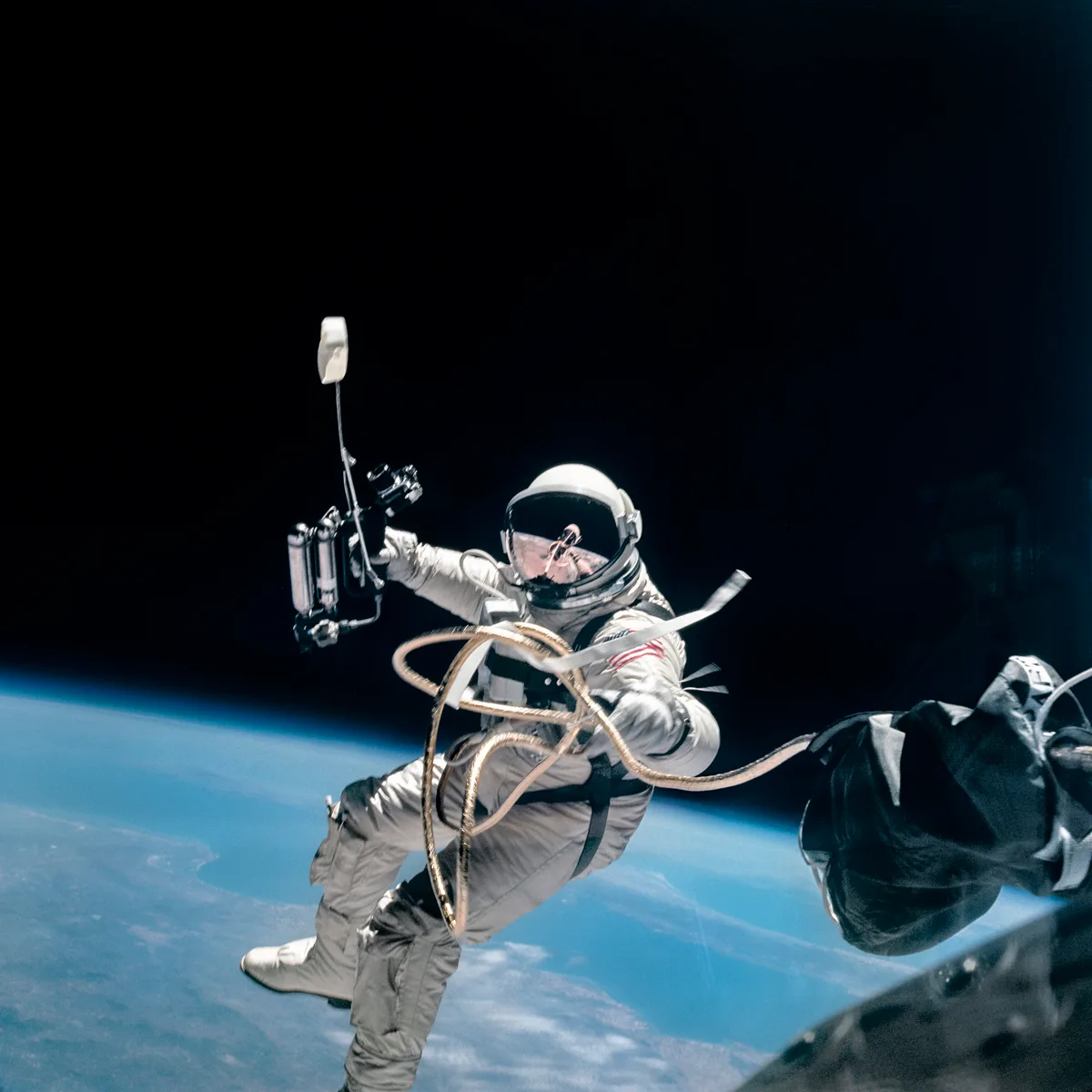
How do the Mercury and Gemini images compare to contemporary astronaut images?
Mercury and Gemini took not only some of the first, but also some of the finest photographs of Earth ever captured on film.
Of course contemporary ISS photography is all digital. Astronauts now have the luxury of time during missions and the limitless shots digital affords, not to mention as many lenses and filters as you could want.
What photographer wouldn’t dream of sitting in that cupola for hours experimenting? In the early days, with a finite number of exposures, every shot counted.
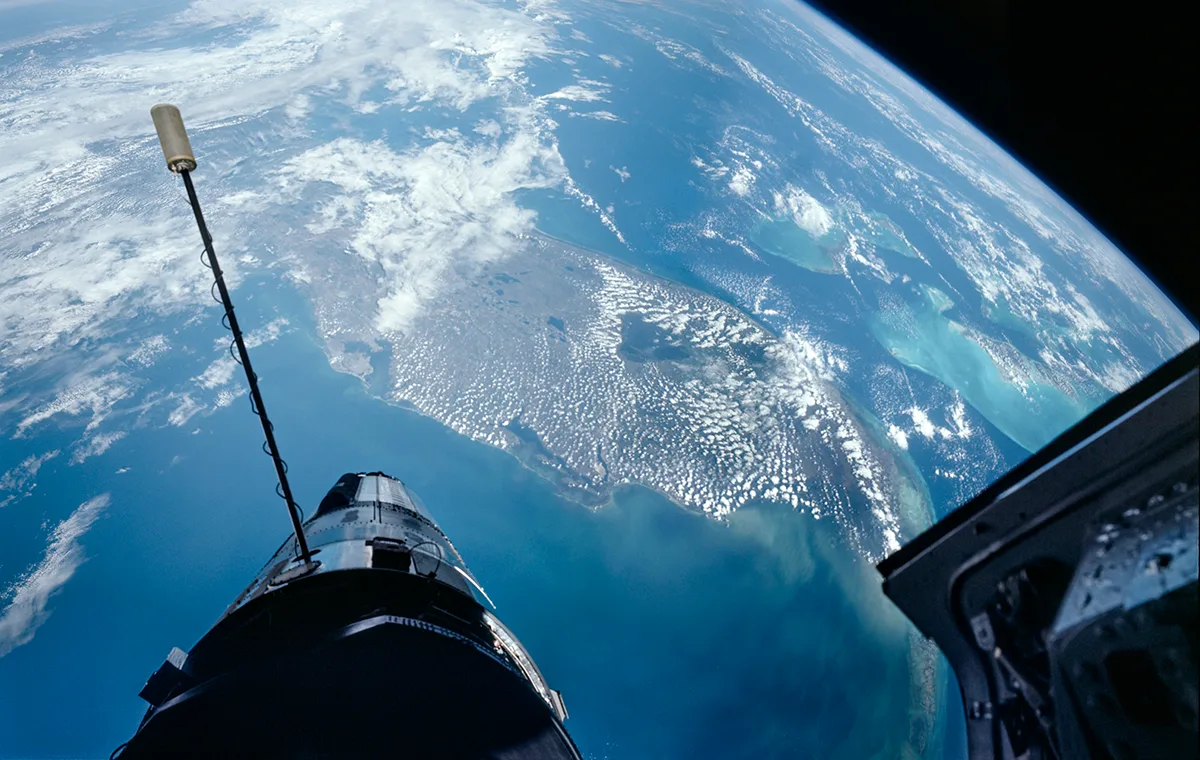
Gemini’s biggest advantage for Earth photography was altitude. While the International Space Station is limited to around 400km (250 miles), Gemini reached over 1,290km (800miles).
Gemini 11’s orbit altitude record stood for 58 years, only narrowly broken in 2024 by Polaris Dawn.
ISS imagery is objectively stunning, but there’s something incredibly intoxicating about early spaceflight photos.
They have a unique aesthetic, clearly referenced in modern sci-fi. The suits and spacecraft look retro yet somehow futuristic.
And the internal shots, now restored, of these brave astronauts risking everything, have an emotional depth that may never be replicated.
All this, combined with the warmth and tonal richness of film, perfectly captures the era.
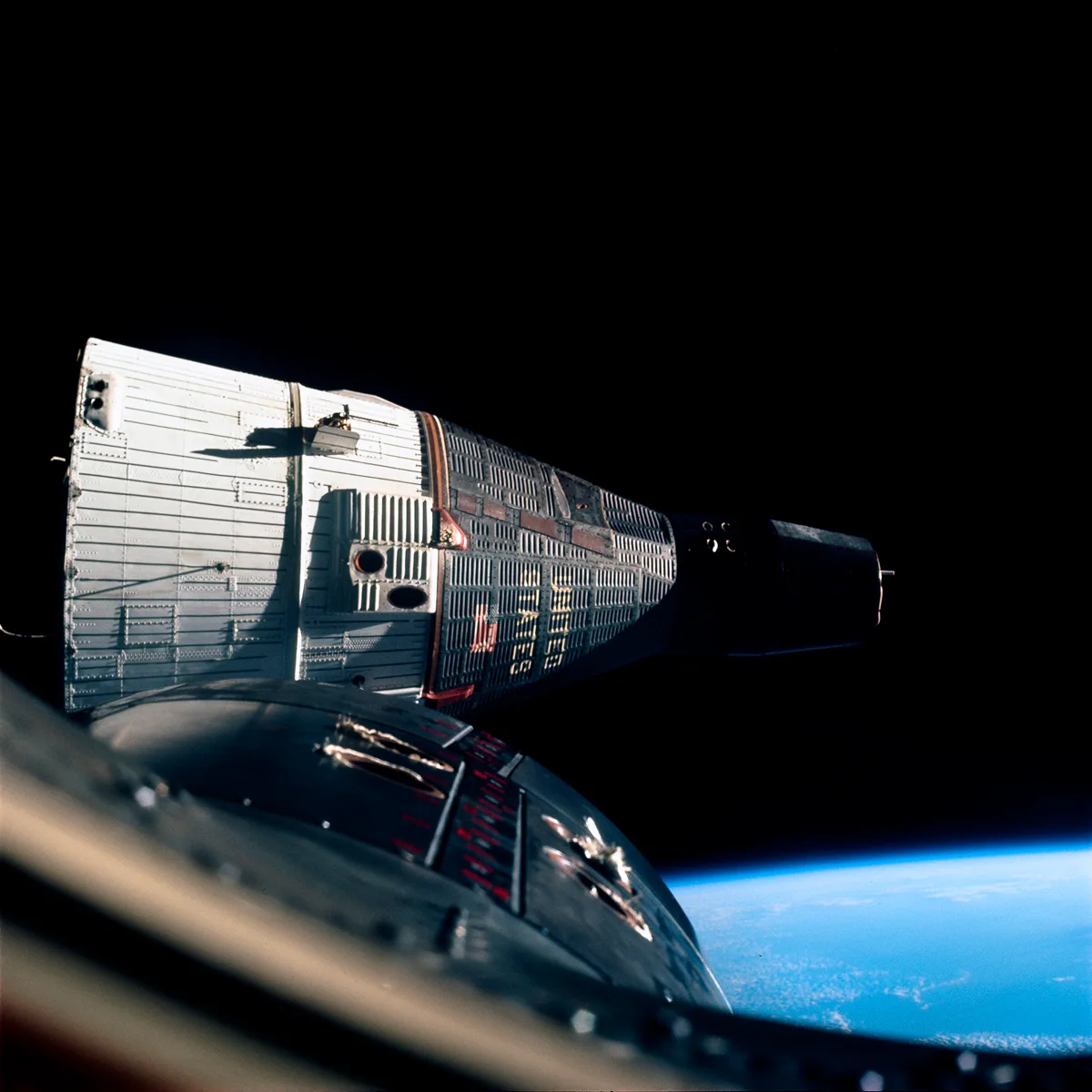
Are you looking forward to the images from the Artemis moonlandings?
Oh I can’t wait. I was born just after Apollo so this will be the first time I can experience such amazing voyages and human exploration of this magnitude.
Having spent some time with the Artemis II crew, I know they’re very aware of the importance of photography and will do a fantastic job.
The eventual landings will be live-streamed in high resolution, there’ll be 360 degree views, helmet cams and all manner of ways to experience it.
My only concern is whether there will be almost too much imagery. Will we become desensitised to it?
In today’s digital age we take 5 billion photographs every day and are constantly bombarded with media.
Photographs have become so transient, enjoyed for a second then gone with the swipe of a finger.
There’s something very special about the finite nature of film, and even waiting for missions to return to Earth before the images could be viewed.
There’s no doubt the new imagery will be incredible, but whether it can match that romance and warmth of early human space exploration on film, remains to be seen.
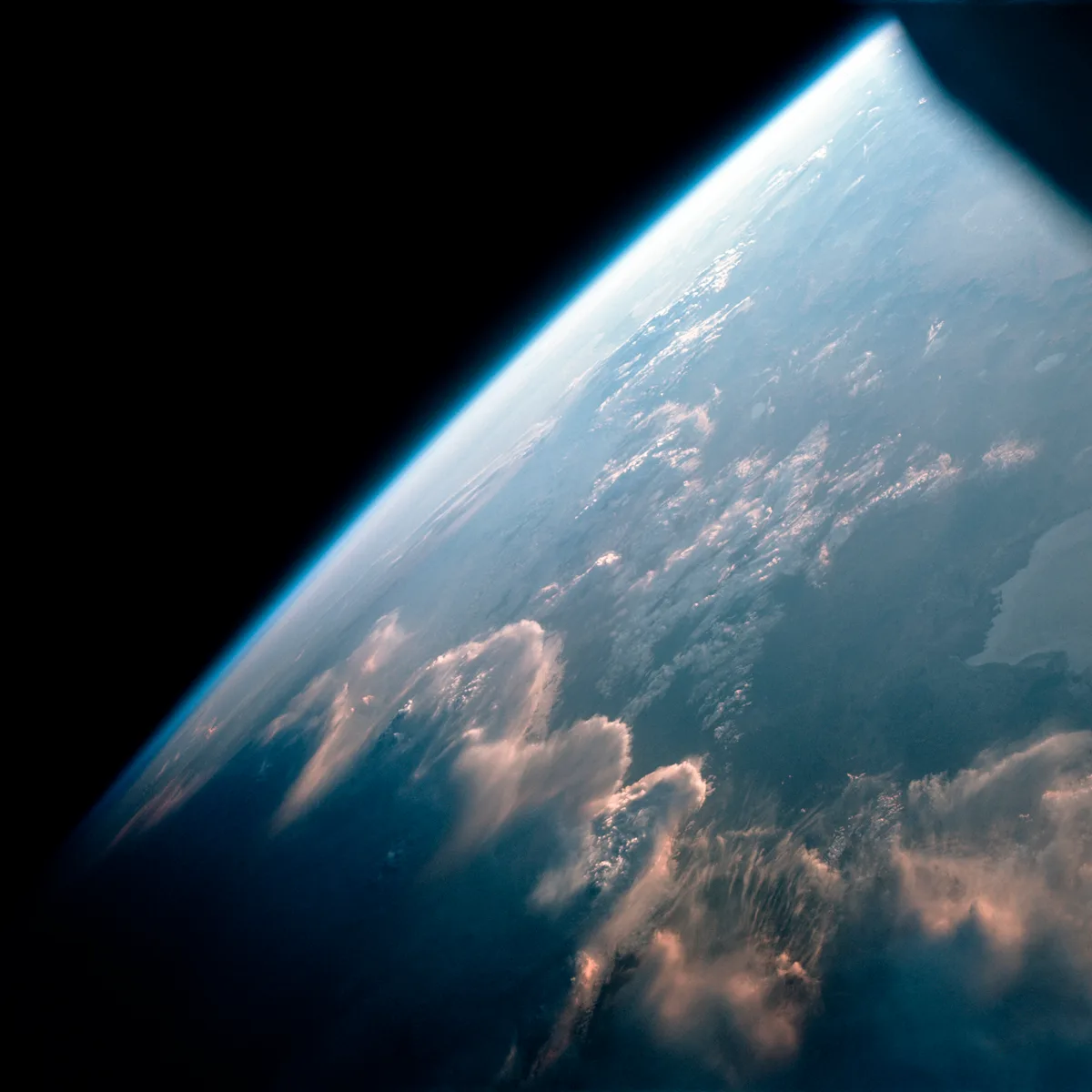
How do you think an image restorer, 100 years from now, will look back on today’s spaceflight photography?
Today’s imagery can still be improved. Noise remains a key enemy with digital. Think how much we can enhance our planetary views from telescopes.
And while technology will continue to evolve, the core need for human creativity and storytelling won’t change.
But in 100 years, the surprise may be how little we were able to truly experience, rather than just view, imagery today.
The future will likely be 3D: VR, AR, maybe even holograms. We’ll ‘walk around’ Mars landers and take in alien vistas from every angle, in real time.
What worries me is authenticity, the growing reliance on AI to create these experiences.
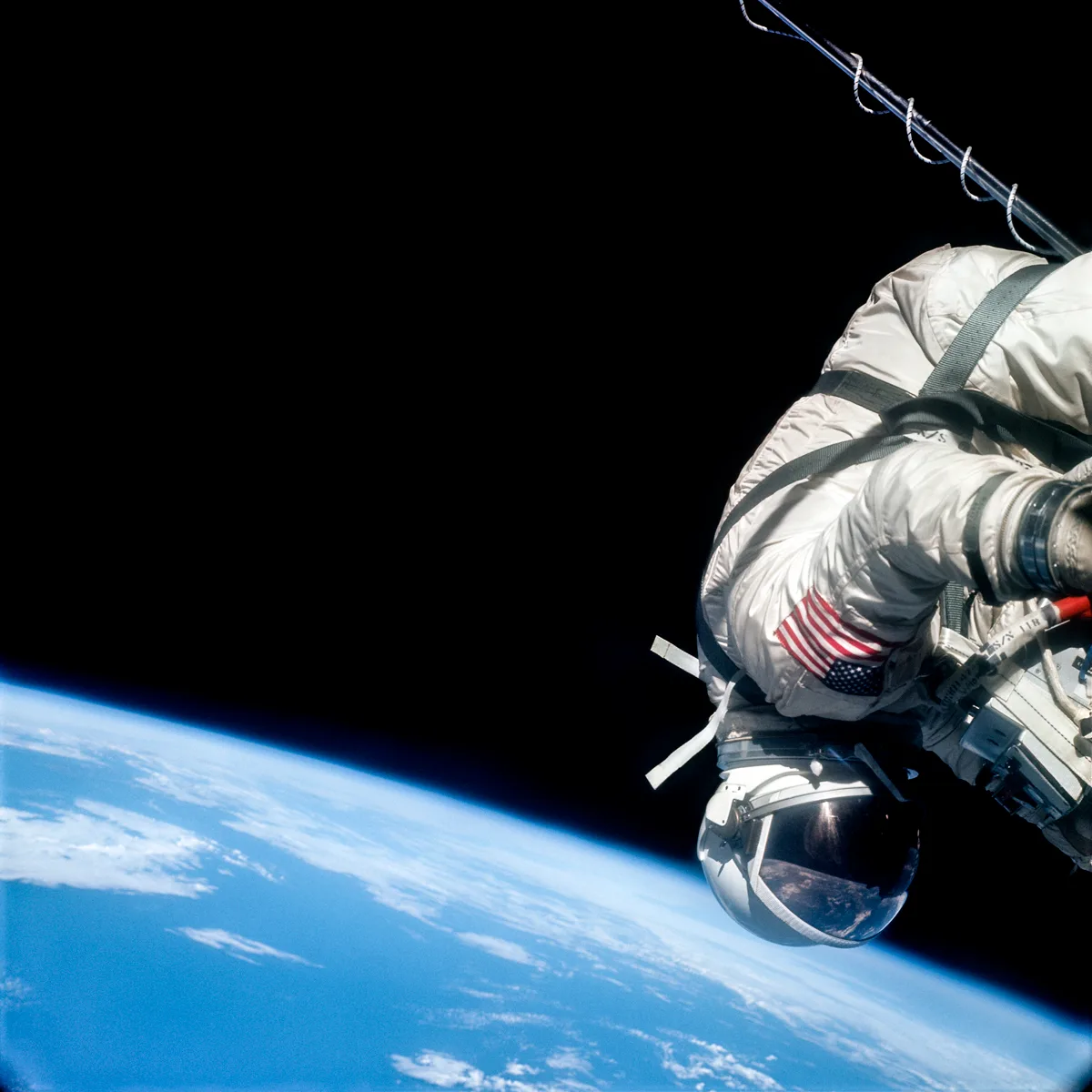
What are we really looking at? When AI is applied to imagery, it loses much of its provenance.
Then there’s preservation: how will these technologies and this visual history remain accessible over time?
Most importantly, there’s the inherent content and what it represents.
I’d like to think Gemini and Mercury Remastered is more than a restoration project.
It’s the visual record and the story of when we humans first left Earth, seen through the eyes of those who risked all to make it happen.
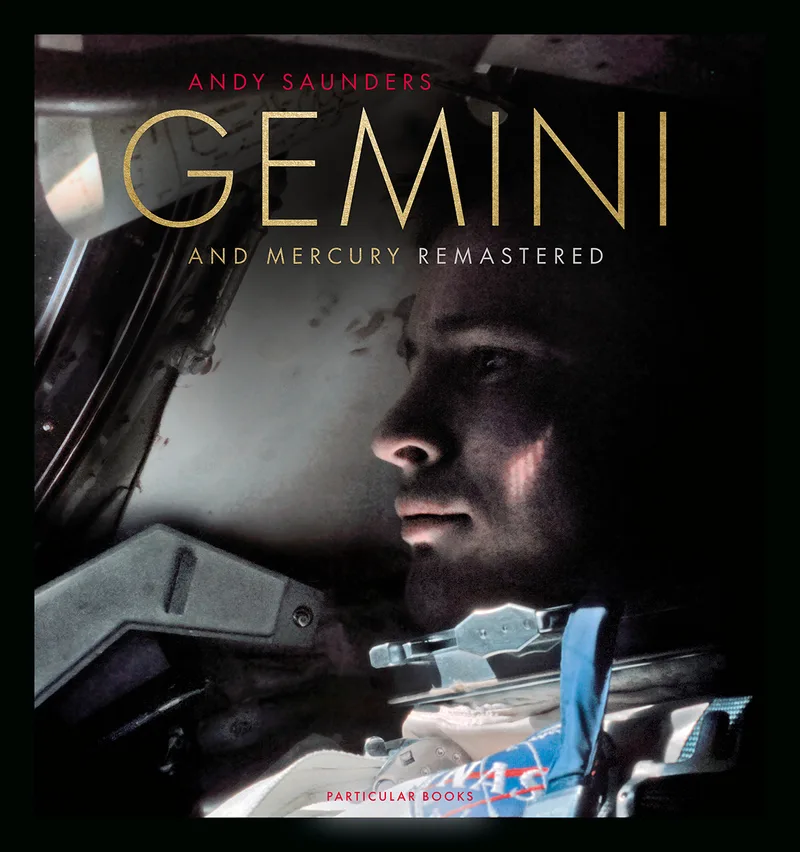
Gemini and Mercury Remastered by Andy Saunders is published by Particular Books, an imprint of Penguin Random House.
Images used with permission from the author.
